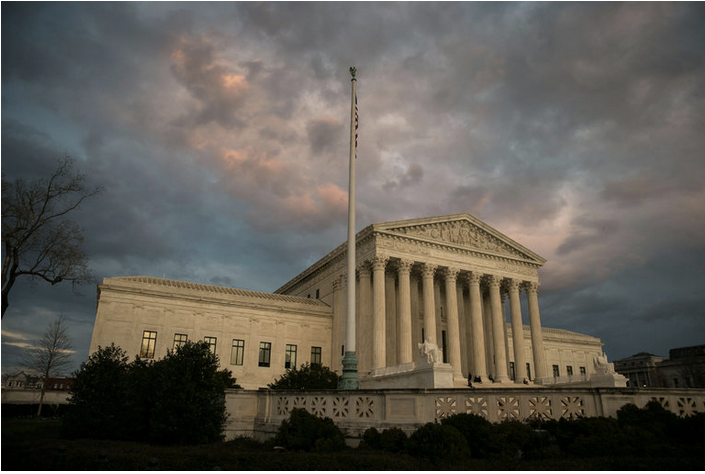There’s a crucial difference. Justice Scalia reached the Supreme Court in 1986 by the normal route, events following one another in typical fashion. Chief Justice Warren E. Burger announced his retirement. President Ronald Reagan chose a sitting associate justice, William H. Rehnquist, to replace him, simultaneously naming then-Judge Scalia of the United States Court of Appeals for the District of Columbia Circuit to the Rehnquist seat. The Senate Judiciary Committee conducted a confirmation hearing, and the full Senate confirmed Justice Scalia unanimously to the seat he went on to occupy for nearly 30 years.
Contrast that route to the one that brought Justice Gorsuch to the Supreme Court. The Senate’s Republican majority engaged in a 10-month blockade of President Barack Obama’s nominee, Chief Judge Merrick Garland of the same appeals court where Justice Scalia served, based on the astonishing argument that despite having been twice elected by wide margins, President Obama wasn’t entitled to fill a Supreme Court vacancy that arose on his watch. Senator Mitch McConnell, the majority leader, has boasted that keeping the seat open — and thus keeping the future of the Supreme Court alive in conservative voters’ minds as a concrete issue because of an actual vacancy — played a decisive role in Donald Trump’s election. “The single biggest issue in bringing the Republicans home in the end was the Supreme Court,” Senator McConnell gloated to The Washington Post in February.




